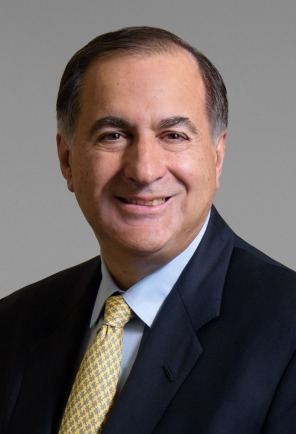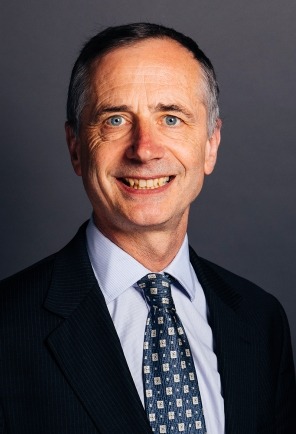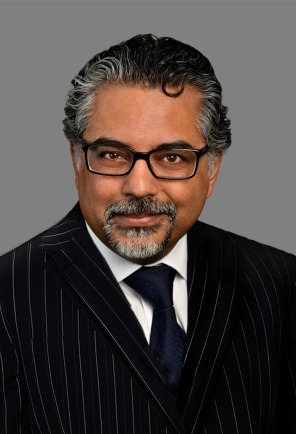Digital Banking Presents Transformational Change Opportunities in Emerging Markets
Building digital financial services in countries where many lack access to traditional banking is opening up economic opportunities for the millions of people known as the “unbanked.” It is also boosting efforts to transform companies’ and broader organizations’ ability to deliver services in emerging markets.
Financial inclusion is widely recognized as a high priority in the efforts to graduate the most vulnerable households out of poverty. At present, in some countries, getting bank accounts, internet access, mobile phones, or even electricity to charge a phone to millions requires an extraordinary commitment to change. This commitment is an integral step on the path to economic advancement. Growth is spurred by an increase in the number of people who can save, make financial plans, have access to easy payments and credit systems and are able to purchase reliable insurance.
More broadly, digital banking is a core component in the transformation of organizations that deliver services other than financial ones, and for the development of infrastructure in emerging markets.
Alvarez & Marsal (A&M) recently worked with an African country’s central bank to look at how payment services were organized and advised on making the clearing and settlement of payments more robust: as more people start to transact digitally, daily, the ecosystem, and its infrastructure needs to be robust and highly-available.
Dhiren Rawal, a Managing Director with A&M in New York, has been working with a global charitable foundation since 2014 on these issues and explains, “We are working with the national social investment group to explore operating models that support social interventions effectively and efficiently. A digital approach to delivering monetary benefits is essential to ensuring the targeted delivery of funds. We are actively engaging the broader ecosystem to encourage implementation of power and telecommunication networks across the country – especially focused on some of the most remote parts of the nation. There is a challenge with the business case in the short term and it is difficult for these commercial organizations to make the necessary investments. However, our research has shown that there are economic benefits to be gained from digital financial services. Financial inclusion will bring more participants into the economy, they will boost GDP, they will generate deposits and in time be candidates for credit services.”
As in any corporate transformation, one of the biggest challenges is communicating the benefits of the change to leaders throughout the organization.
“The challenges are the same as those we typically face in our work with corporations,” says Rawal. “We have to engage all of the stakeholders and consider the business constraints and regulatory hurdles that need to be addressed. We must develop catalysts for change – the burning platform. In this instance, the burning platform is easy to get behind – alleviating poverty and graduating millions of citizens out of poverty. The country has made national and international commitments to address poverty, financial inclusion and social development goals. As they continue to focus on national social investments, they face challenges associated with appropriate governance, leadership, capacity and capabilities. There is a strong will to drive considerable impact and there is significant commitment from the government and international development organizations and NGOs to provide support – funding and capacity. This external support brings in the capabilities required to drive home the required transformation.”
A&M is engaged in similar work in other countries. In a South Asian country, A&M is working with government agencies to develop frameworks to support digital payments and establish an interoperable ecosystem. Alongside these efforts, A&M is also working with commercial banks to develop digital banking strategies that focus on financial inclusion.
The firm’s work on digital banking and payments also looks at how individuals and businesses will be able to buy and sell on a daily basis, using money in an online account which is accessed, in most cases, by a mobile phone. To help the poorest people, these systems must reach the smallest and most remote villages, be easy to use, be reliable and secure, free at the point of use and profitable, so that banks and telecommunications companies will support them long-term.
Around 1.7 billion adults globally do not have reliable access to these services. Sending money to family members often means trusting a friend or courier to take the money to them by bus; financial support from governments or aid organizations fall prey to unscrupulous agents taking ‘commissions’ before the money ever reaches its intended recipient. People with no credit history cannot borrow from a bank to start a business. All these hurdles hold back economic development and make it hard for the world’s poorest people to establish basic financial security.
As a result, leading development organizations have made financial inclusion a priority. For example, the World Bank’s Universal Financial Access 2020 initiative is focused on enabling all men and women to have access to an account or an electronic means of storing money, sending payments and receiving deposits.
The good news is that around the world, the push to increase access to financial services is working. According to the World Bank, between 2014 and 2017, the share of adults who have a transaction account rose from 54 percent to 63 percent in developing economies.
“The pace of change is undeniably slow, but there is no doubting the will to succeed,” says Rawal. “In Africa we meet some of the sharpest people, trying to make progress in this complex environment. You’ve got to have someone who is so committed to the work, and it’s ten times harder than it is in the U.S., but they are willing to do it through a lot of collaboration. A recent Brookings report, “The start of a new poverty narrative” highlights the increasing need for focus and attention on this subject, especially in Africa, where the number of people in extreme poverty continues to increase.”
EXTRACT FROM THE REPORT:
“IT IS BECOMING INCREASINGLY DIFFICULT TO ACHIEVE SDG 1 (ENDING POVERTY)
Between January 1, 2016—when implementation of internationally agreed Sustainable Development Goals (SDGs) started—and July 2018, the world has seen about 83 million people escape extreme poverty. But if extreme poverty were to fall to zero by 2030, we should have already reduced the number by about 120 million, just assuming a linear trajectory. To get rid of this backlog of some 35 million people, we now have to rapidly step up the pace.
This notwithstanding, the fundamental dynamics of global extreme poverty reduction are clear. Given a starting point of about 725 million people in extreme poverty at the beginning of 2016, we needed to reduce poverty by 1.5 people every second to achieve the goal and yet we’ve been moving at a pace of only 1.1 people per second. Given that we’ve fallen behind so much, the new target rate has just increased to 1.6 people per second through 2030. At the same time, because so many countries are falling behind, the actual pace of poverty reduction is starting to slow down. Our projections show that by 2020, the pace could fall to 0.9 people per second, and to 0.5 people per second by 2022.
As we fall further behind the target pace, the task of ending extreme poverty by 2030 is becoming inexorably harder because we are running out of time. We should celebrate our achievements, but increasingly sound the alarm that not enough is being done, especially in Africa.”
Click here to download the PDF version of this article >
Stay informed about the key issues driving companies to seek meaningful, lasting change in From the Inside Out, our corporate transformation newsletter.



